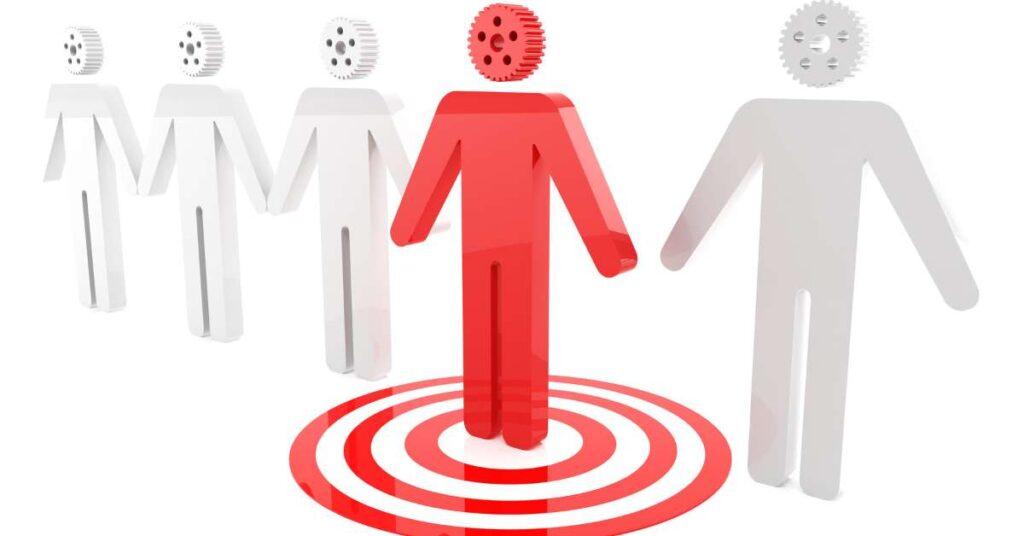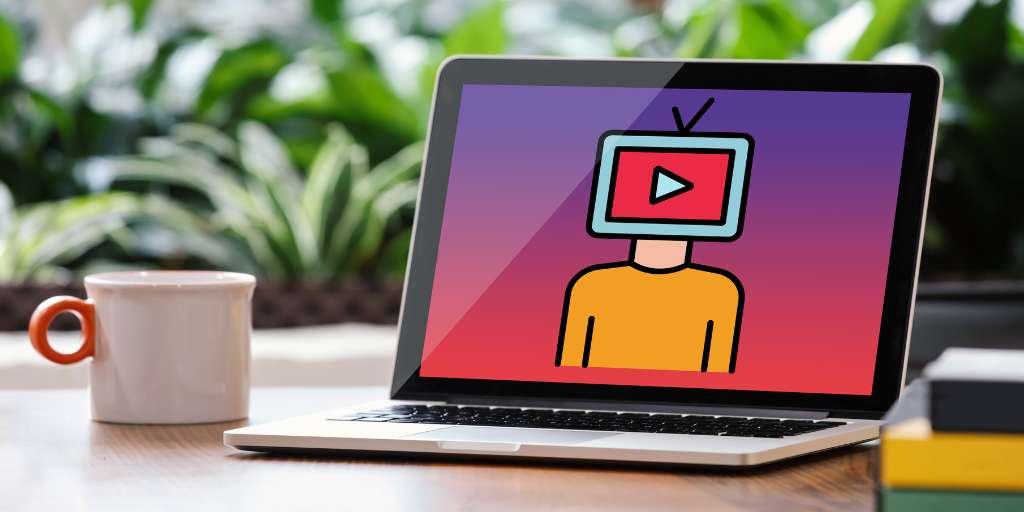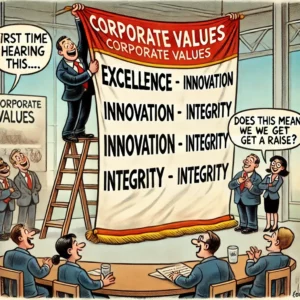
Seasonal Sales Strategy: Make the Most of Spring
Spring is a strategic time to boost your business. Discover how to align your sales efforts with seasonal cycles and turn the transition into a growth driver.
By Nadia Bulcourt – December 26, 2022
Updated September 16, 2024

The buyer persona is a marketing tool that will allow you to better understand the profile of your potential customers in order to adapt your sales strategy and make it more targeted. Nowadays, this method has become essential. Indeed, it is essential to know exactly who you are addressing in order to sell your products and/or services more easily.
Of course, you can rely on your intuition to determine who your customers are, but this will not be enough in a world where competition is tough. You will also need to know them by heart to best meet their needs and satisfy them.
That’s why it’s essential to take the time to create a profile of your ideal customer. This technique, called “Buyer persona” gives you a clearer vision of your target. You will then be able to adapt your marketing and sales strategy to better reach them.
So how do you create quality buyer personas? In this article, we offer you a practical guide to define your personas, identify them and respond accordingly to their expectations and needs.
When you start a project or launch a new product and/or service, it is essential to know who you are going to address. It’s the same thing when you want to develop your customer base. In marketing, we call this the persona, in other words, the target customer. There is not necessarily only one.
The Buyer Persona is a fictional character you create based on your research to represent the different types of users who might use your service and/or product. This representation will help you understand both the needs of your target customer but also his experiences, his behavior and his goals.
Of course, it is not about knowing each customer or prospect individually. But by creating a fictional character that represents each general segment of your customer base, you will have a good chance of getting closer to your ideal customer.
The buyer persona is used to understand the behavior of your future customers on the different communication channels. It is at the heart of inbound marketing strategies and it will help you set up your entire digital strategy. Indeed, by knowing your persona at the tip of your fingers, you will know which content will be better adapted to your target. Your prospects will then tend to identify with each of your contents and you will create a relationship of trust with them.
Thanks to a good understanding of their problems, their needs and their behaviors, you will have all the chances that this prospect will convert into a next customer.
“The key to success is to understand others. Everything else flows from there.”
Dalaï Lama

To define a persona, you will need to gather as much information as possible from your prospects and customers. Once you have found the right people, you will set up a series of relevant questions. It is important to know that there are different ways to collect this information.
One of the means available is the quantitative questionnaire. What is it concretely? You will create an online questionnaire (via the tool you want, and preferably free) with well-crafted questions to really identify your persona.
The discovery phase of the buyer persona is extremely important. But how do you conduct this research phase correctly and in a way that allows you to shape your persona afterwards? There is another way to do this: the qualitative interview. Here, it is a discussion with someone you have chosen as a potential member of your persona. You will ask them a certain number of questions… and above all, you will listen carefully and take note of their answers!
There are several ways to conduct these interviews: with a specific list of questions, a completely free-form discussion, or a mix of both.
You just need to ask the right questions to the right people.

To create your persona, the first thing to do, as we have just seen, is to conduct a study with your customers and prospects. You can also ask your friends and family if you think they might be interested in your products and/or services.
You will collect this information by asking them some questions. We’ll give you a few pointers.
Ask them what their motivations are for buying from you. Ask them about their desires and needs. Help them describe themselves and their problems. Talk to them about their environment, the competitors around them, the types of markets they frequent and the groups they belong to.
Then ask them about their online behavior. What are their tastes? How do they behave on websites? How do they shop? What brands are they interested in? And so on. All these questions will allow you to build a comprehensive panel of your customers, and to deduce the behaviors you observe online.
You can then complete your study with a search engine analysis. What are the keywords your customers use to search for your theme? What language do they use? You can also do an analysis of your competitors and discover the image they manage to convey on the web and visit forums.
Once you have collected your information, all you have to do is analyze it to bring out the important points.
Now, you are going to group everything together in the form of a reference character. To make this tool more effective, you will humanize it, i.e. give it a name, a first name and why not give it an image or a photo.
You will add all the relevant information and establish a structured file. Here is an example:
Once you have formatted and validated your work, share it widely with your teams.

You might think that the work stops when you have created your persona. But it doesn’t! Indeed, you certainly know that your persona evolves over time. He can change his way of buying, of consuming… That’s why it’s important to stay aware of these changes and to anticipate them. To do this, we advise you to update your personas annually.
The buyer persona is therefore an essential step in your marketing and sales strategy. It allows you to better understand who your audience is and what they expect from your company. As soon as you identify with precision the problems of your future customers, their brakes, their consumption habits and their way of thinking, you will be able to propose them the most relevant offer.
To go further in defining your ideal client, Finelis Coaching offers new coaching: Learning to Recognize the Ideal Client (Ideal Client Profile ICP). This coaching helps you identify the perfect clients to maximize your business success. By understanding the demographics and psychographics of your best customers, you can better target your sales and marketing efforts. Find out more details about this training here: Learning to Recognize the Ideal Customer (ICP).
The success of a company today depends on a good knowledge of its customers and their needs. If you wish to go deeper into the subject and thus reach your sales objectives,

Spring is a strategic time to boost your business. Discover how to align your sales efforts with seasonal cycles and turn the transition into a growth driver.

Attending a trade show is a powerful business opportunity. Discover how to maximize your impact with strong preparation, engaging techniques, and structured follow-ups.

Expanding internationally means adapting your company’s DNA without losing its essence. Learn how to structure your offer, refine your message, and build strong partnerships for success.

Are corporate values truly a performance driver, or just a marketing argument? When aligned with a coherent sales strategy, they become a powerful lever for growth and customer loyalty. Discover how to structure an effective approach to bring meaning to your values and turn them into a real asset.

Discover how to reinvent your sales strategies after Covid with a hybrid approach that blends tradition and digitalization. Learn how to outsource effectively, adopt a customer-centric approach, and develop essential sales skills to maximize your performance.
Innovation is a key lever for turning challenges into opportunities. With logistics solutions like KWiiD and Hipli, your business can reduce costs, enhance environmental commitment, and maximize commercial performance.
To make sure you don’t miss out on any upcoming publications,
subscribe to the Finelis Coaching newsletter